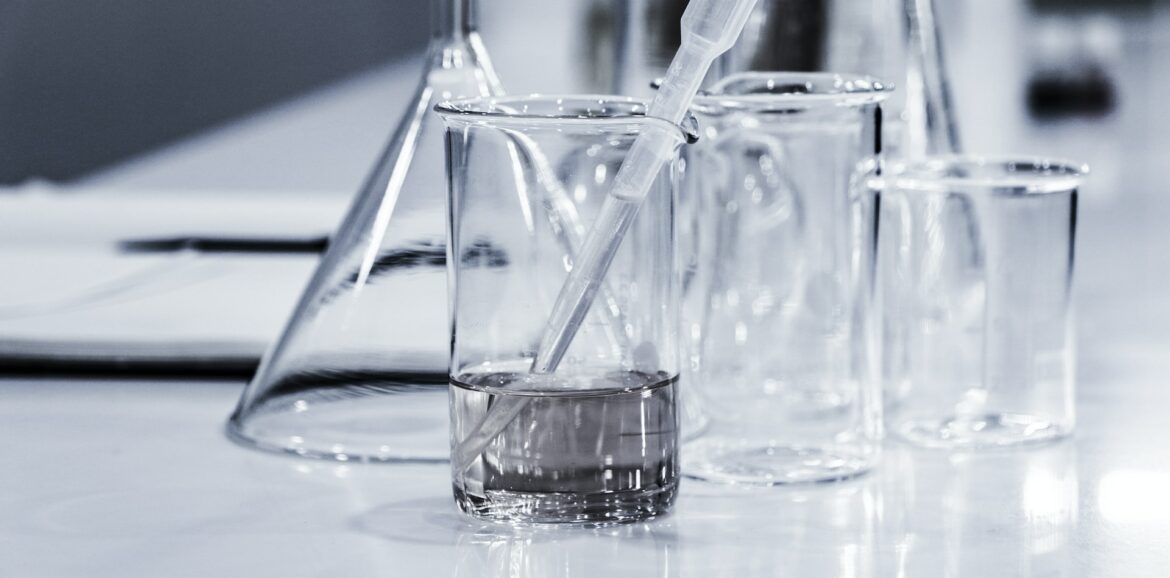Waterborne disease resulting from contact with fecal contamination during aquatic activities are a societal concern, causing human suffering and burden on public health systems. PIMEO AI’s ability to dynamically produce high-resolution concentration maps of fecal bacteria (E.coli) will be key in accurately assessing health risks, and in informing responsible stakeholders and the public.
But what exactly is E. coli and why do we need to fight it?
“Escherichia coli (E. coli) is a bacterium that is commonly found in the gut of humans and warm-blooded animals. Most strains of E. coli are harmless. Some strains however, such as Shiga toxin-producing E. coli (STEC), can cause severe foodborne disease. It is transmitted to humans primarily through consumption of contaminated foods, such as raw or undercooked ground meat products, raw milk, and contaminated raw vegetables and sprouts. STEC produces toxins, known as Shiga-toxins because of their similarity to the toxins produced by Shigella dysenteriae. STEC can grow in temperatures ranging from 7 °C to 50 °C, with an optimum temperature of 37 °C. Some STEC can grow in acidic foods, down to a pH of 4.4, and in foods with a minimum water activity (aW) of 0.95. STEC is destroyed by thorough cooking of foods until all parts reach a temperature of 70 °C or higher. E. coli O157:H7 is the most important STEC serotype in relation to public health; however, other serotypes have frequently been involved in sporadic cases and outbreaks.” – World Health Organization
PIMEO AI will provide a complete instrumentation payload allowing to expand mobile water quality data to difficult-to-measure parameters such as microbiology (E.coli), nutrient monitoring, as well as water quality depth-profiles. These measurement capabilities will be unique to PIMEO AI, thus providing the world’s first comprehensive mobile water quality platform. Unique will also be the ability to collect multiple representative samples using patented ETV-certified sampling technology.
Photo by Hans Reniers on Unsplash.
